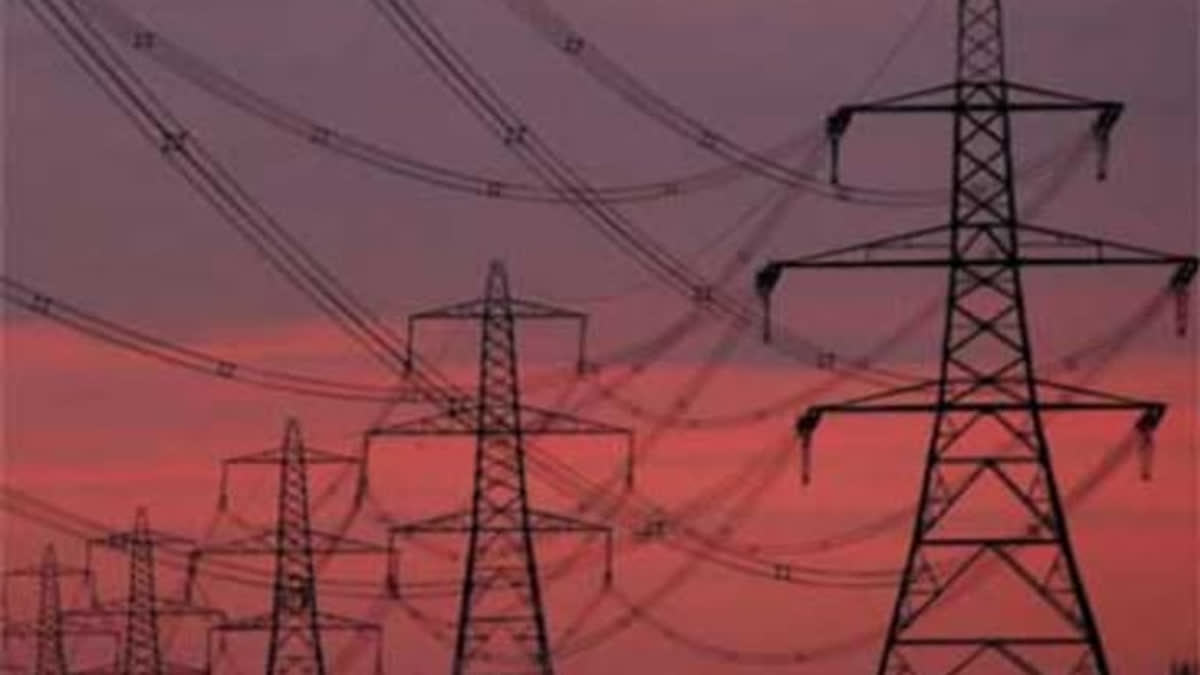New Delhi: A study conducted by the Indian Institute of Technology, Chennai in association with Credit Rating Information Services of India Limited (CRISIL) named 'Tidal and Wave Energy in India – Survey on potential and proposition of Roadmap’ has suggested a roadmap to generate tidal and wave power with a goal to set up commercial tidal power projects in India.
Although the Ministry of Power and Energy has said that the estimated potential of tidal and wave power is purely theoretical and does not necessarily constitute practically exploitable potential, it has asked the Ministry of Earth Science to get the potential of tidal and ocean thermal power assessed in order to explore the practically exploitable potential.
The Ministry, however, has said that all sources of renewable energy, including tidal power will be considered in the deployment targets for 2030.
Also read: Power Ministry notifies rules for India's commitment to environment friendly green energy
Following queries from the industry, the Ministry has in a notification clarified that energy produced using various forms of ocean energy such as tidal, wave, ocean thermal energy conversion, etc. shall be eligible for meeting non-solar Renewable Purchase Obligations (RPO). Significantly, a Parliamentary Committee has recently suggested to the government to set up one demonstration or pilot tidal power project in the country at the most favourable cost-effective location like the Gulf of Kutch considering that the capital cost of a tidal power project is site specific.
Two tidal power projects of 3.75 MW and 50 MW installed capacity were initiated in the years 2007 and 2011 in West Bengal and Gujarat. However, both these projects were dropped because of exorbitant costs. In the case of the 3.75 MW Durgaduani Tidal Power Project in West Bengal, the project cost was placed at Rs 238 crore including Rs 63.50 crore per MW and in the case of the 50 MW Tidal Power Project at the Gulf of Kutch in Gujarat, the estimated cost of the project was placed at Rs 750 crore which is Rs 15 crore per MW.
The government estimated that the standard cost of installation of 1 MW solar, wind, biomass, hydro and thermal power plant is Rs 3.5 crore, Rs 5.5 crore, Rs 6 crore, Rs 10-15 crore, and Rs 5 crore respectively. Since Independence India's capacity of power generation has been witnessing an increasing trend in both thermal and renewable energy sectors. In 1947, India’s thermal power generation capacity was 854 MW including coal and diesel. Whereas the capacity of renewable energy was 508 MW (hydro-power).
The power generation capacity in India kept improving - 1713 MW in 1950, 2886 MW in 1956, 4653 MW in 1961, 26680 MW in 1979, 63636 MW in 1990 and so on. Data available with ETV Bharat shows that in 2022-23, India’s power generation capacity was 1,624,466 Mega Units (MUs) from both thermal and renewable sectors against the energy requirement of 1,511,847 MUs. Till June this year, India had generated 436,474 MUs of power against the requirement of 408,621 MUs. Against the peak demand of 215,888 MW power in 2022-23, India’s peak met capacity was 207,231 MW.
The Centre is also encouraging private investment in the power sector including the hydro-power sector. At present, 42 hydro-power projects with an aggregate capacity of 18,034 MW are under construction and 30 hydro-power projects with an aggregate capacity of 21,810 MW have received concurrence from the Central Electricity Authority (CEA) which can be taken up for construction.
The government has also admitted that there is a gap between energy requirement and energy supplied on account of factors attributable to DISCOMs such as constraints in the distribution network, financial constraints, commercial reasons etc. With an objective of improving the quality and reliability of power supply to consumers through a financially sustainable and operationally efficient distribution sector, the Centre has launched the “Revamped Distribution Sector Scheme (RDSS)" - a reforms-based and results-linked scheme in 2021.
The scheme is under implementation for a duration of five years from 2021-22 to 2025-26. The Centre has also implemented schemes like Integrated Power Development Scheme (IPDS) and Deendayal Upadhyaya Gram Jyoti Yojana (DDUGJY) to achieve the objective of providing uninterrupted power supply to the consumers by strengthening the sub-transmission and distribution systems.
Also read: Power Minister unveils rules to protect electricity consumers



